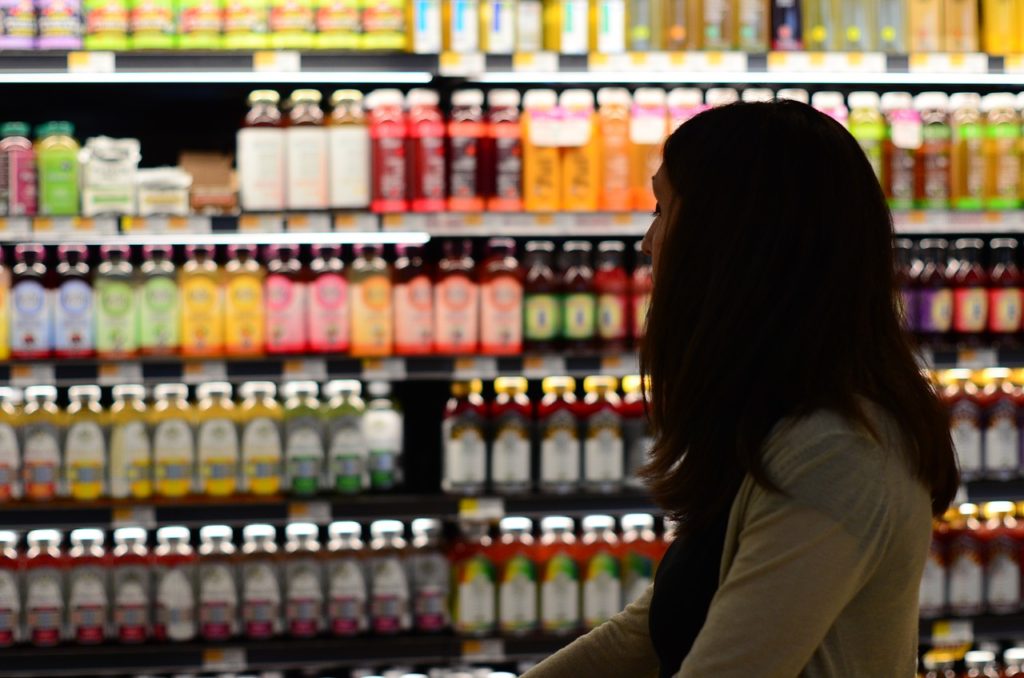Food labels explained

Reading food labels is important if you’re interested in what ingredients / additives you’re buying and feeding yourself and/or your family.
Besides the expiry date, the Australian Government requires all processed foods to have full ingredient lists, nutritional breakdown and allergen information on the packaging.
But, do you know what you’re looking at on the nutritional panel?
Here are some basic guidelines on what to look out for (read the per 100g column):
Fat content:
– aim for 10% fat (10g/100g) or less
– saturated fat as low as possible, 3g/100g is the goal
Sugar:
-aim for less than 15g/100g and what out for any foods ending in -ose as these are all sugars
Fibre:
– aim for at least 3g/100g
Salt / sodium:
– less than 400mg / 100g
The basic rule of thumb still applies:
- buy fresh and in season (tends to be the cheapest produce and best quality)
- buy unprocessed as much as possible (the more a food looks the way it did when it grew, the better)
- buy local
In July 2016 the Australian Government introduced new food labels to make it easier to know where your food is coming from.
The aim being to make it clearer to the consumer (YOU), where the food you’re buying was made and where the ingredients are from.
This should make it easier for you to buy Australian – not only does this support our local market, but it’s good for the environment as local food reduces food miles
There are three new labels:
- a green and gold kangaroo label with a bar chart
- text and a bar chart
- text only
The green-and-gold kangaroo symbol plus a bar chart shows the percentage of Australian ingredients and foods must meet 3 conditions to get this symbol.
- Grown in Australia – 100% of the ingredients are Australian grown
- Product of Australia – 100% of the ingredients are Australian and all major processing has been done here
- Made in Australia – meaning most of the processing has been done here. Imported foods which have undergone minor processing, (slicing, canning, crumbing, reconstitution or repackaging) in Australia can’t make this claim.
The other two labels are:
- Packed in Australia – text and a bar chart only
- Text only – will only state which country the food comes from
Home made is always best but not always realistic with the busy lives we lead. One option is to cook up big batches of meals and freeze meals for those busy days. Curries, soups and mince dishes lend themselves well to freezing. Check out my recipe collection for some ideas.
But, it’s always good to understand what you’re buying in the supermarket so you can make an informed choice.
And then you can boost your metabolism and warm up with some fun outdoor exercise. You’ll get your dose of vitamin D as well.
Come and join me for fun, energy boosting, stress relieving fabulous training.

